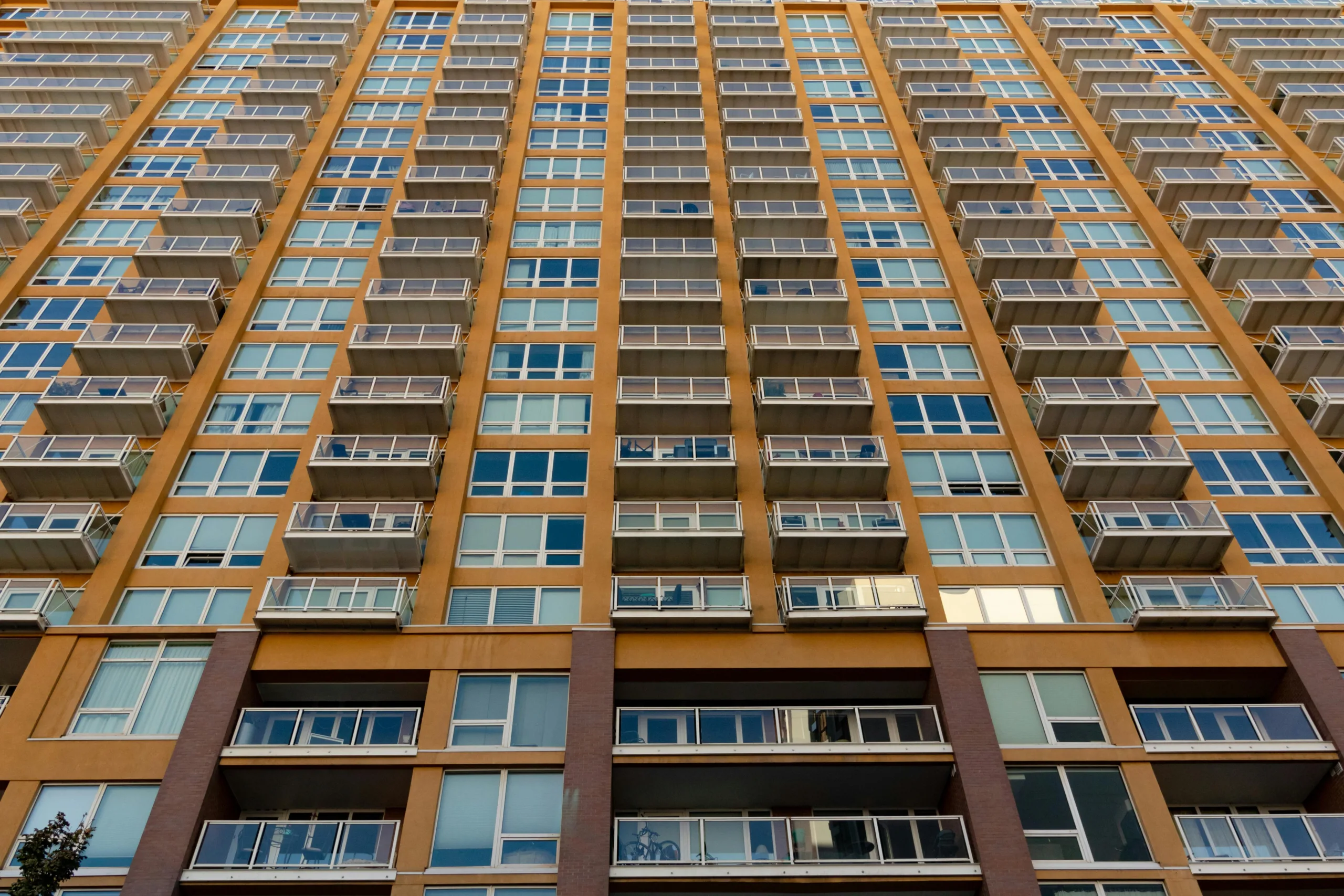- US banks, particularly regionals, are regaining momentum in commercial real estate lending by shifting troubled debt to private credit funds, institutional investors, and via securitizations.
- The return of CMBS and rising appetite from private capital has allowed banks to clear balance sheets and issue new CRE loans, while minimizing losses.
- Bank share of non-agency CRE lending jumped to 34% in Q1 2025, up from 22% a year prior, while alternative lenders’ share fell to 19%.
A Comeback Strategy
After more than a year on the sidelines, banks are returning to commercial real estate (CRE) lending, reports Bisnow. The revival isn’t fueled by confidence in the sector’s fundamentals — rather, it’s the result of financial maneuvering. Banks have found ways to offload bad loans, freeing up capacity for new origination activity.
Behind The Rebound
Regional banks, heavily exposed to office and multifamily assets, have leaned on a mix of tactics to clear the books and revive CRE lending. Strategies include selling off distressed loans at a discount, bundling nonperforming debt for securitization, and using private credit as a buyer of last resort.
In some deals, buyers like Peachtree Group have even structured transactions to keep losses off banks’ CRE lending balance sheets by categorizing the loans as commercial and industrial (C&I) debt.
Get Smarter about what matters in CRE
Stay ahead of trends in commercial real estate with CRE Daily – the free newsletter delivering everything you need to start your day in just 5-minutes
The Numbers Tell The Story
- Delinquencies on bank-held CRE loans declined for the first time since 2022 in Q4, falling by nearly 2%.
- However, charge-offs rose by 20 basis points as banks wrote off $1B in office-related debt.
- Banks accounted for 34% of non-agency CRE loans in Q1 2025, according to CBRE — a sharp increase from 22% a year earlier.
- CMBS lending also surged to 26% of the market, while alternative lenders’ share dropped by more than half.
A Paper Loss For Future Gain
Some banks are selling loans below face value to speed up de-risking. First Foundation, for example, securitized $500M in multifamily debt last year as part of a $1.9B sale effort — incurring a temporary markdown but expecting to recoup value in the long run.
Risks Just Shift, Not Disappear
While these moves have helped banks and lenders resume CRE lending, underlying risks in the commercial real estate sector remain. As Jon Winick of Clark Street Capital noted, troubled loans may have exited bank balance sheets, but they still exist in the broader financial system — just under less regulatory oversight.
Many lenders and loan buyers are betting on interest rate cuts to improve asset performance. If that doesn’t materialize, or if private lenders begin to see a rise in delinquencies and defaults, the risk could cycle back through the financial ecosystem.
Why It Matters
With nearly $1T in CRE debt maturing in 2025 and 40% of it previously extended, banks’ ability to lend again is crucial to avoiding a liquidity crunch. But the current relief may be temporary — and dependent on continued investor appetite and macroeconomic tailwinds.
What’s Next
Expect banks to remain cautious lenders. Well-structured deals with limited leverage are now top priority. Meanwhile, private credit’s role as a shadow safety net is only expanding — for now.


















